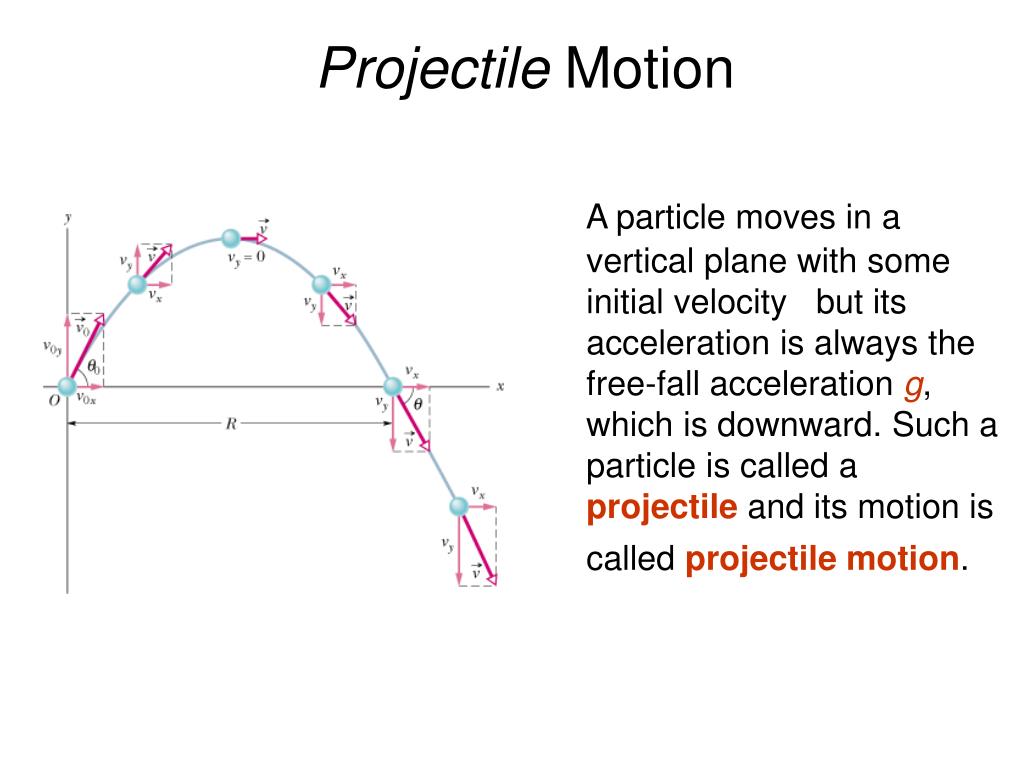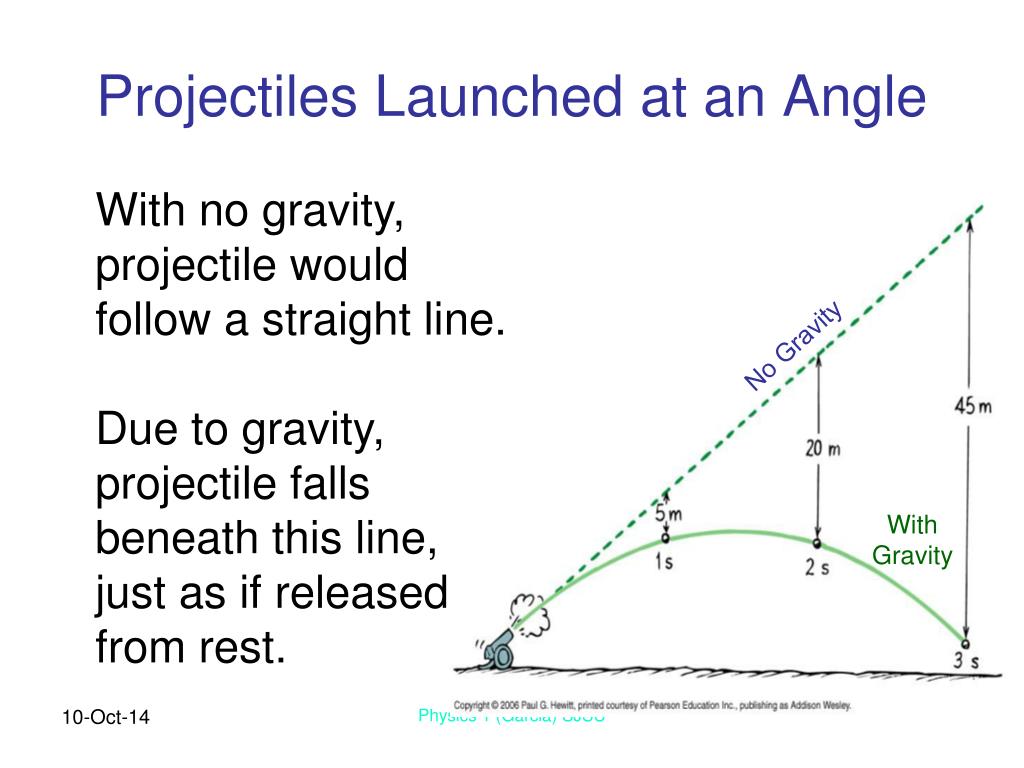

And in the case of a projectile that is moving upward, there is a downward force and a downward acceleration.

A force is only required to maintain an acceleration. This idea is simply not true! A force is not required to keep an object in motion. Recall from the Unit 2 that Newton's laws stood in direct opposition to the common misconception that a force is required to keep an object in motion. Newton's laws suggest that forces are only required to cause an acceleration (not a motion). They reason, "How in the world can an object be moving upward if the only force acting upon it is gravity?" Such students do not believe in Newtonian physics (or at least do not believe strongly in Newtonian physics). Their belief is that forces cause motion and if there is an upward motion then there must be an upward force. And if an object is moving upward and rightward, there must be both an upward and rightward force. Their conception of motion prompts them to think that if an object is moving upward, then there must be an upward force.

Many students have difficulty with the concept that the only force acting upon an upward moving projectile is gravity. By definition, a projectile is any object upon which the only force is gravity. Regardless of whether a projectile is moving downwards, upwards, upwards and rightwards, or downwards and leftwards, the free-body diagram of the projectile is still as depicted in the diagram at the right. Thus, the free-body diagram of a projectile would show a single force acting downwards and labeled force of gravity (or simply F grav). If there were any other force acting upon an object, then that object would not be a projectile. A projectile is any object that once projected or dropped continues in motion by its own inertia and is influenced only by the downward force of gravity.īy definition, a projectile has a single force that acts upon it - the force of gravity. And an object which is thrown upward at an angle to the horizontal is also a projectile (provided that the influence of air resistance is negligible). An object that is thrown vertically upward is also a projectile (provided that the influence of air resistance is negligible). An object dropped from rest is a projectile (provided that the influence of air resistance is negligible). There are a variety of examples of projectiles. Thus, Lesson 2 of this unit is devoted to understanding the motion of projectiles.Ī projectile is an object upon which the only force acting is gravity. The most common example of an object that is moving in two dimensions is a projectile. Now in this unit we will apply both kinematic principles and Newton's laws of motion to understand and explain the motion of objects moving in two dimensions. In Unit 2 of the Physics Classroom Tutorial, we learned how Newton's laws help to explain the motion (and specifically, the changes in the state of motion) of objects that are either at rest or moving in 1-dimension.

In Unit 1 of the Physics Classroom Tutorial, we learned a variety of means to describe the 1-dimensional motion of objects.


 0 kommentar(er)
0 kommentar(er)
